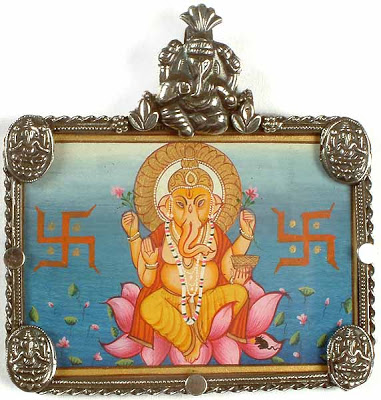

Use of the associated expressions, such as "Sieg Heil!", are also banned. So most of what makes Germany's thriving video game scene has almost no real reason to use World War II symbolism. These are all genres where a swastika has no real reason to appear or exist besides for humorous purposes.
Yin and yang symbol and nazi simulator#
The German video game market is also only the biggest market for simulator titles and city building games. That being said, really mainstream FPS titles (like Call of Duty) do fare well and still sell in the millions. The only markets that prefer niche Japanese games at all times (like Japan and France) and places where the video game market is small. It is odd that video games do this, as Germany is a relatively poor market for war-based games to begin with, especially compared to the United States, Russia, and the United Kingdom. However, toys and games were not usually covered by these exceptions (at least in Germany) until August 2018, when the German video game rating bureau USK decided to allow swastikas in video games on a case-by-case basis provided they were "socially adequate", meaning they have to serve an artistic purpose (such as in Wolfenstein II: The New Colossus) or be used to represent historical events. This allows for the use of these symbols in World War IIset films (which are considered art - yes, even Indiana Jones).

Yin and yang symbol and nazi plus#
There's a simple reason for this - in Germany, Russia, and some other countries, the display of anything Nazi-related in public is prohibited unless it's for educational, artistic, or scientific purposes, plus a lot of other contexts. Many a World War IIbased game will not use a swastika ( Hakenkreuz) to symbolise the Nazis, instead using the Iron Cross (still a symbol of today's German Army, Bundeswehr, albeit a modified version), the red-white-black tricolor of the 1871≡918 German Empire (which was briefly re-used by the Nazi regime alongside the Hakenkreuz flag from 1933 to 1935), or alternatively the Balkenkreuz (pictured at right).


 0 kommentar(er)
0 kommentar(er)
